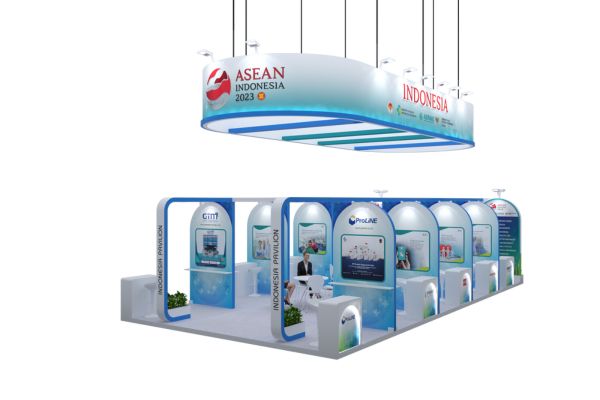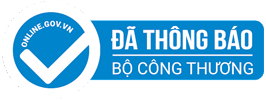AVICOM
WHAT IS AN EXHIBITION BOOTH?
An exhibition booth is a thoughtfully designed space that enables businesses to effectively showcase their brand and present their products or services to potential customers. Typically spanning 3 to 5 days, depending on the event, these booths are expertly crafted to reflect the unique identity of the brand.They are designed to captivate visitors and create a lasting impression, ensuring a memorable experience for all attendees.
LỊCH HỌC LỚP GOOGLE AWORDS
WHY SHOULD WE DESIGN AN EXHIBITION BOOTH?
IMPRESS YOUR CUSTOMERS
Hà Nội
An impressive booth design attracts visitors, demonstrates professionalism and encourages them to learn more about products and services.
ENHANCE BRAND VALUE
Hồ Chí Minh
Beautiful exhibition booths help identify and remember brands, building a positive image in the eyes of customers.
BOOST
SALES
SALES
Việt Nam
Booth is an opportunity to introduce new products, promotions, create attraction and increase sales.
Ngọc Trang Adword
CLASSIFY EXHIBITION BOOTH

STANDARD
The standard exhibition booth offered by the organizers measures 3m x 3m and includes pre-constructed partitions, furniture, electrical connections, and other essentials. This simple layout is perfectly suited for small to medium-sized businesses.
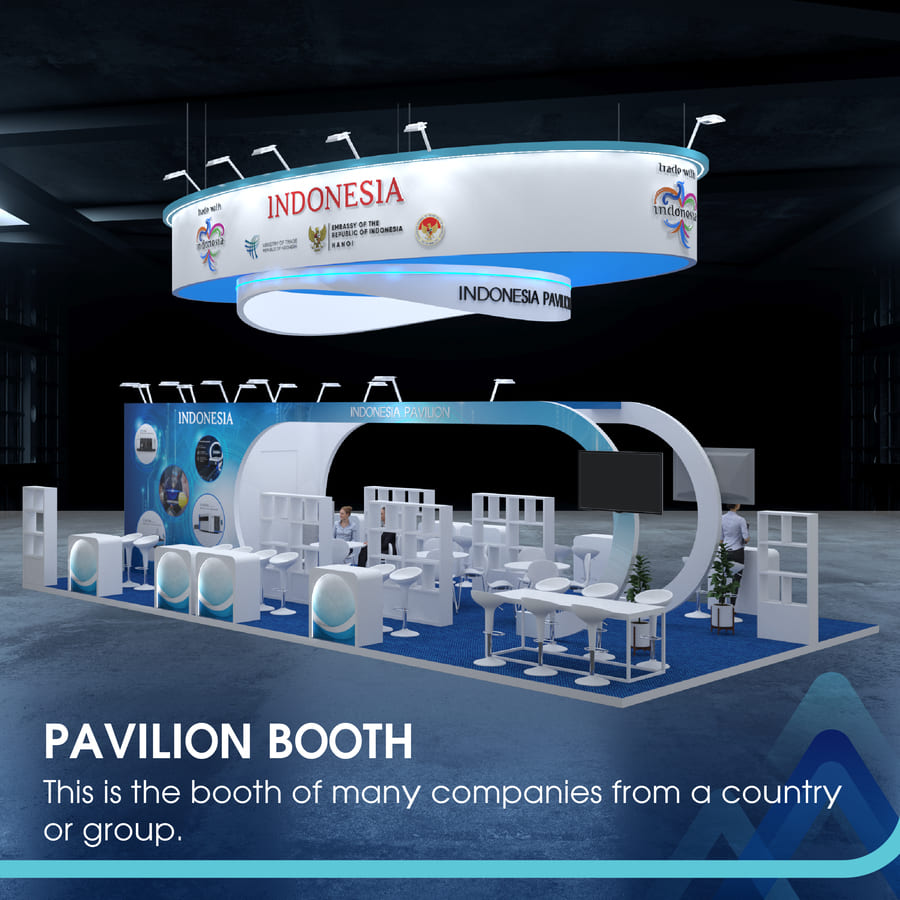
PAVILLION
The Pavilion exhibition booth showcases multiple businesses from a single country or a large corporation. With a contemporary design and premium materials, Pavilion booths are commonly featured at significant events like international trade fairs, exhibitions, and product launch events.
EXHIBITION BOOTH DESIGN STYLES
AVICOM provides beautiful, unique booth design styles, suitable for each industry and business promotion goals. Each exhibition booth design is meticulously cared for, from materials, lighting to colors, to create a professional display space, attracting customers' attention at first sight.
EXHIBITION BOOTH DESIGN AND CONSTRUCTION PROCESS
To guarantee that every exhibition booth is delivered to the highest standards, AVICOM employs a comprehensive and transparent workflow throughout the design and construction processes. This allows clients to effortlessly track progress, evaluate the scope of work, and assess the project's quality with complete clarity.
STEP 1: RECEIVE AND CONSULT BOOTH DESIGN
+Collect information about products, goals, budget.
+Survey location, area, and construction time of exhibition booth.
+Develop exhibition booth design ideas through detailed drawings and 3D images.
+Survey location, area, and construction time of exhibition booth.
+Develop exhibition booth design ideas through detailed drawings and 3D images.
STEP 2: APPROVE DESIGN AND QUOTATION
+Submit exhibition booth design to client within 48 hours of completion.
+Provide detailed quotes for each booth construction item.
+Customer approves design and agrees to quote.
+Provide detailed quotes for each booth construction item.
+Customer approves design and agrees to quote.
STEP 3: WORK WITH EXPERTS
+Sign contract after agreeing on design and quote.
+Implement the construction of exhibition booths according to the design, ensuring 100% quality and completing on schedule.
+Implement the construction of exhibition booths according to the design, ensuring 100% quality and completing on schedule.
STEP 4: ACCEPTANCE AND HANDOVER
+Customer inspects exhibition booth after completion.
+100% of projects are delivered on time and received positive feedback from customers.
+100% of projects are delivered on time and received positive feedback from customers.
Ngọc Trang Adword
WHY SHOULD YOU CHOOSE AVICOM FOR BOOTH DESIGN AND CONSTRUCTION?

TOP QUALITY
AVICOM has successfully implemented 1000 projects with 99% customer satisfaction on the quality and progress of exhibition booth construction.

COMPETITIVE PRICES
Providing smart exhibition booth design solutions, saving up to 30% of costs compared to other units while still ensuring superior quality.

PROFESSIONAL TEAM
With a team of more than 100 experts having over 10 years of experience, always ready to provide the best exhibition booth design solutions for your brand.

FULL-PACKAGE SOLUTION
More than 85% Our customers choose full-package exhibition booth design and construction service, saving time and ensuring consistency in every detail.

CONSTRUCTION ON SCHEDULE
100% projects have been completed on time, most exhibition booths are constructed within 1.5 days.

CREATIVE, CONCISE DESIGN
We focus on perfection in every detail of exhibition booth design such as the size of the circulation aisle, the height
OUTSTANDING EXHIBITION BOOTH DESIGN SAMPLES FROM AVICOM
Some beautiful and successful exhibition booth designs that AVICOM has done
WHAT IS A QUALITY CONSTRUCTION BOOTH?
AVICOM
STANDARD PROGRESS OF EXHIBITION BOOTH CONSTRUCTION AND HANDOVER
- Pre-construction preparation (design approval, material preparation)
- Exhibition booth construction (frame erection, electrical system installation, interior decoration)
- Check and hand over the designed booth, support during the exhibition, dismantle after the exhibition.
- Contract liquidation and project evaluation
Khóa Học Google Adword
IMPORTANT CONSIDERATIONS WHEN CHOOSING AN EXHIBITION DESIGN PARTNER
When preparing for an exhibition event, selecting the right contractor for booth design and construction is crucial for success. However, with numerous options available, how can you find the right exhibition design partner? Here are some key factors to consider when choosing your design partner for the event.
Opt for a company with extensive experience in exhibition booth design and construction. Their deep knowledge and professional workflow will ensure a higher quality outcome.
Ensure that the firm commits to completing the project within your specified budget while maintaining the quality of the final product.
The design contractor should guarantee completion timelines for both the design and construction phases, allowing you sufficient time to prepare for the event.
Before signing a contract, make sure all terms are clearly outlined, including the scope of work, timeline, costs, and payment conditions. A transparent contract helps avoid misunderstandings and disputes later on.
Additionally, choose a partner with a clear warranty policy and a willingness to provide post-event support. This will give you peace of mind regarding the quality and durability of the booth, as well as assistance with maintenance or repairs when needed.
Additionally, choose a partner with a clear warranty policy and a willingness to provide post-event support. This will give you peace of mind regarding the quality and durability of the booth, as well as assistance with maintenance or repairs when needed.
Reality serves as the strongest testament to a design and construction firm’s capabilities. Request detailed information about their past projects, particularly those that align with your specific needs.
When reviewing their work, pay close attention to the quality of craftsmanship, aesthetic appeal, and creativity in each design. This insight will provide you with a clear understanding of their ability to create exhibition booths that fulfill your expectations.
The standard workflow for constructing and handing over exhibition booths encompasses several key stages: preparation before construction (design approval, material sourcing), actual booth assembly (framework setup, electrical installation, interior decoration), thorough inspection and handover of the booth, support during the exhibition, dismantling post-event, and finally, contract settlement and project assessment. Each stage is meticulously designed to ensure timely progress and high-quality outcomes.
giải đáp khúc mắc
Essential Design Elements for Captivating Exhibition Booths
In the world of trade shows, a stunning booth design is crucial for helping businesses shine amidst the competition. An eye-catching exhibition booth not only reflects the essence of the brand but also effectively communicates its message in a clear and engaging manner. So, what key factors should be considered when designing and constructing an exhibition space?
Each exhibition booth has distinct objectives, and achieving success begins with a deep understanding of the message the brand aims to convey. Before diving into the design process, a solid grasp of the communication strategy will steer the entire construction phase. The booth should embody the core values of the company, offering a cohesive experience through its colors, symbols, and displayed information.
First impressions are vital for attracting visitors. Leveraging creative lighting, striking colors, and an organized layout will make your booth easily recognizable from a distance. A beautifully designed booth not only draws potential customers in but also piques their curiosity, encouraging them to explore your products and services in greater depth.
Graphics and imagery serve as powerful instruments for conveying messages visually. The exhibition booth should feature sharp images, compelling charts, and dynamic videos to capture the attention of attendees. Ensure that all visual elements accurately represent the company’s offerings while facilitating quick access to information.
To leave a lasting impression, incorporating a unique focal point in the booth’s design is essential. This could be a standout product model, an interactive experience area, or engaging technology that connects with visitors. Such elements not only enhance the booth’s attractiveness but also encourage guests to linger, providing opportunities for more detailed discussions about your products.
Beyond simply showcasing products, the exhibition booth should act as a bridge between the business and its customers. Thoughtful arrangements of consultation tables, private conversation areas, or interactive activities will enhance information exchange, advice, and transactions right at the exhibition. Prioritizing this space will ensure an exceptional experience for your visitors.

Phân tích từ khóa là gì trong Google Ads
CONSIDERATIONS FOR DESIGNING LARGE MACHINERY EXHIBITION BOOTHS
To effectively showcase large machinery, businesses must understand the crucial considerations and regulations, particularly those concerning booth design.
01
When dealing with large machinery, selecting sturdy materials and robust structures is paramount during the booth construction process. Opt for durable, load-bearing materials to ensure the booth can adequately support the weight of the machinery without risk of damage. The structural design must also be solid, incorporating components and supports that can bear significant weight, guaranteeing stability and safety throughout the exhibition.
02
When designing and constructing exhibition booths, it's crucial that the machinery is showcased clearly from multiple viewpoints. Providing detailed information, such as descriptive panels and high-quality images, empowers visitors to grasp the essence of the products easily. Moreover, incorporating areas for interactive activities - like live consultations and product demonstrations - greatly enriches the visitor experience and opens avenues for addressing inquiries.
03
The construction of machinery exhibition booths must adhere to stringent safety regulations to ensure the well-being of both attendees and staff. Implementing effective safety measures is vital to prevent accidents and mishaps. Additionally, the design should facilitate smooth operation and maintenance of the machinery, with well-planned electrical connections and adequate lighting systems.
04
To ensure a large machinery booth captures attention, the design should seamlessly blend aesthetics with creativity. Thoughtfully positioned lighting can enhance the machinery and highlight key design features. Incorporating striking elements like banners and logos not only boosts brand visibility but also makes the booth enticing, attracting visitors from afar.
05
A well-considered layout is critical when designing booths for large machinery. The space should be generous enough to accommodate sizable equipment while ensuring easy access for visitors. It's especially important that the areas around the machinery are organized to allow for unobstructed observation and hands-on experiences. Pathways should be wide and clear, facilitating smooth movement for attendees throughout the exhibition.
AVICOM
Creative Solutions – Unique Designs
Mới đến cũCũ đến mớiGiá tăng dầnGiá giảm dầnTừ A-ZTừ Z-A
PRICE QUOTE AFTER 30 MINUTES
AVICOM
OVERVIEW OF COSTS WHEN PARTICIPATING IN TRADE FAIRS AND EXHIBITIONS
Participating in exhibitions presents an exceptional opportunity for businesses to promote their brand, showcase products, and expand their customer network. However, to maximize effectiveness, thorough financial preparation is essential. The costs associated with organizing an exhibition are diverse and should be meticulously calculated to ensure a smooth and successful event.
01
The cost of renting a trade show booth is influenced by the scale, type of exhibition, and booth size. International trade fairs and specialized industry events typically incur higher costs. Exhibitions held at venues such as SECC in Ho Chi Minh City and ICE in Hanoi are generally more expensive than those in other locations. Each organizing unit has its own pricing policies, which can significantly affect overall expenses.
02
There are two categories of electricity costs:
• Construction Electricity Costs: Each booth must pay for a power supply of 15 amps, necessary for construction activities and equipment such as nail guns...
• Usage Electricity Costs: Electricity consumption represents a significant expense for booths at trade shows.
This cost is determined by the type and power of the equipment used, duration of usage, the electricity rates set by the event, and the efficiency of the equipment. Effective management of electricity can help businesses optimize both lighting and costs.
To obtain an accurate estimate, clients should refer to the exhibition registration guidelines or consult their booth design and construction unit to ensure precise financial planning for booths exceeding one hundred square meters, deposits can amount to hundreds of millions. To avoid capital lock-up, businesses should engage professional design and construction units to handle these fees.
This is a charge assessed by the venue for empty land booths and special setups. They deploy security personnel to oversee construction activities, ensuring that no damage occurs to the building’s property, and to prevent fire hazards and pollution. Management fees are approximately 120,000 VND/m², Larger booths will incur higher costs.
• Construction Electricity Costs: Each booth must pay for a power supply of 15 amps, necessary for construction activities and equipment such as nail guns...
• Usage Electricity Costs: Electricity consumption represents a significant expense for booths at trade shows.
This cost is determined by the type and power of the equipment used, duration of usage, the electricity rates set by the event, and the efficiency of the equipment. Effective management of electricity can help businesses optimize both lighting and costs.
To obtain an accurate estimate, clients should refer to the exhibition registration guidelines or consult their booth design and construction unit to ensure precise financial planning for booths exceeding one hundred square meters, deposits can amount to hundreds of millions. To avoid capital lock-up, businesses should engage professional design and construction units to handle these fees.
This is a charge assessed by the venue for empty land booths and special setups. They deploy security personnel to oversee construction activities, ensuring that no damage occurs to the building’s property, and to prevent fire hazards and pollution. Management fees are approximately 120,000 VND/m², Larger booths will incur higher costs.
03
Additional costs include construction passes and steam line fees. The number of passes required is based on the booth area, with a cost of around 110,000 VND per card. Furthermore, the building mandates that construction units utilize the pre-installed air system, which incurs a fee of 2,300,000 VND per booth.
04
This constitutes a significant portion of the total expenditure.
The costs are contingent upon the scale of the project, the level of detail required, and whether the booth design features numerous or minimal details.
Items included in the design and construction budget encompass: raised flooring with carpeting, decorative walls, ceiling designs, display shelves, reception desks, lighting fixtures, branding elements, graphic displays, rental furniture, rental televisions, and decorative plants.
05
This is a deposit that businesses renting empty space and constructing booths must place with the building management. This fee does not apply to standard booths. The deposit will be fully refunded after the exhibition, provided that businesses do not cause any damage to the building’s property during construction and promotional activities. The purpose of the deposit is to ensure that the venue has the financial means to address any damages caused by businesses during setup and promotional efforts. The deposit amount is determined by the booth area, which is fixed at 110,000 VND/m² for larger spaces.
06
Labor costs represent a significant portion of the expenses incurred when participating in trade fairs and exhibitions. This includes salaries, allowances, and benefits for the team working at the booth.
Several factors can influence these costs, such as the number of staff required, the size of the booth, the number of products on display, and the expected visitor traffic. Additionally, working hours, job roles, and staff experience all play a role in determining these expenses, which encompass allowances and benefits like social security, health insurance, and bonuses.
Several factors can influence these costs, such as the number of staff required, the size of the booth, the number of products on display, and the expected visitor traffic. Additionally, working hours, job roles, and staff experience all play a role in determining these expenses, which encompass allowances and benefits like social security, health insurance, and bonuses.
07
Other costs associated with marketing and advertising at the fair include printing promotional materials, providing giveaways for customers, and both direct and online marketing efforts. Transportation and insurance costs involve shipping goods and insuring them during transport and display.
Food and accommodation expenses cover meals and hotel stays for staff members. Finally, there may be additional miscellaneous expenses, such as licensing fees, waste disposal fees, emergency repair costs, and participation fees for side events
Food and accommodation expenses cover meals and hotel stays for staff members. Finally, there may be additional miscellaneous expenses, such as licensing fees, waste disposal fees, emergency repair costs, and participation fees for side events
Design and construction of exhibition booth




.jpg)
.jpg)

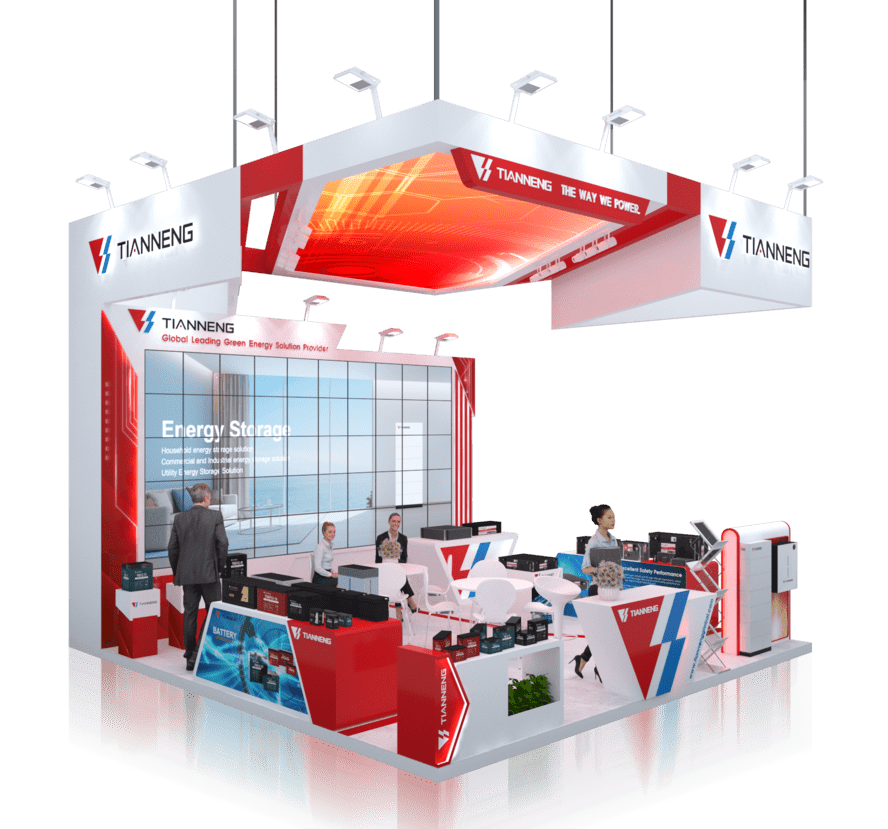



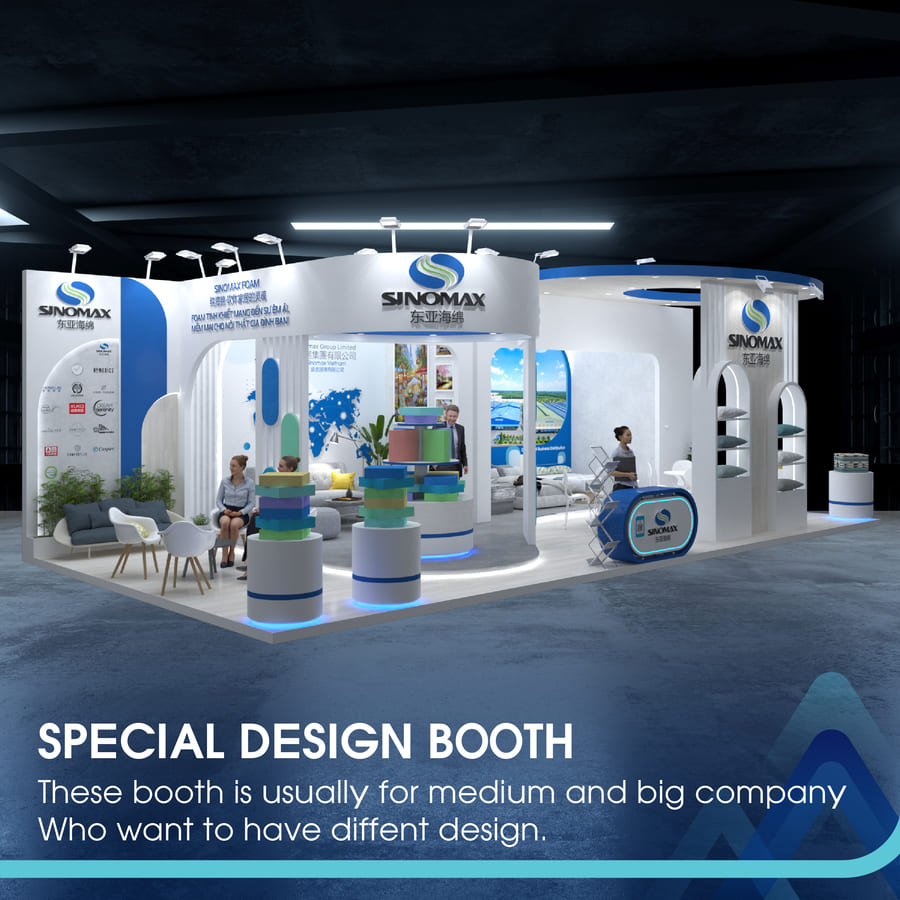

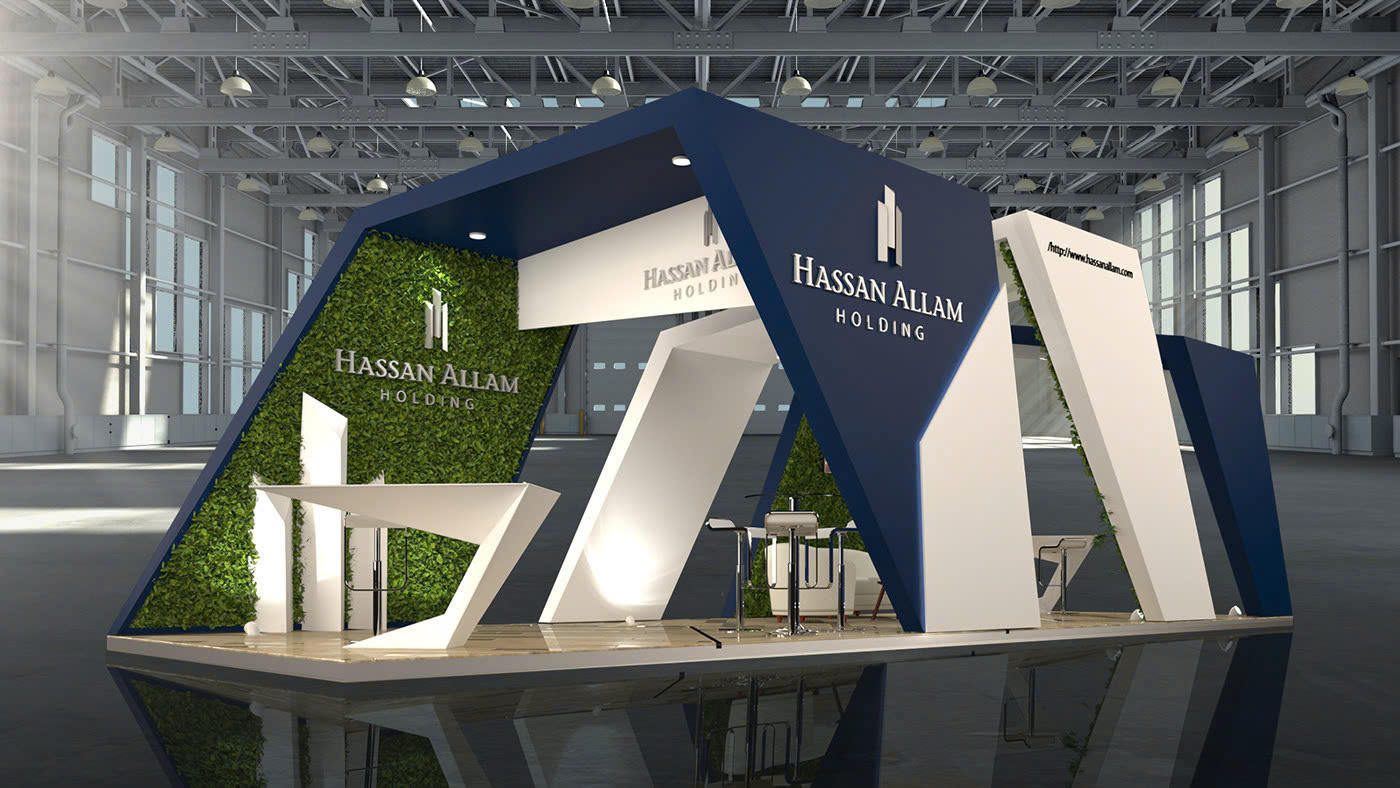

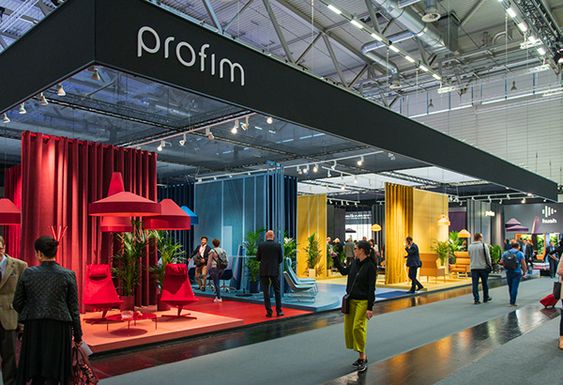
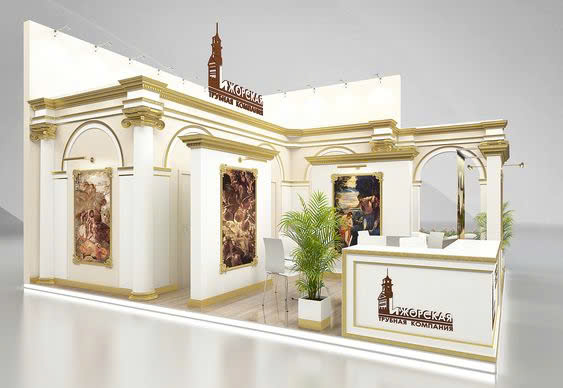
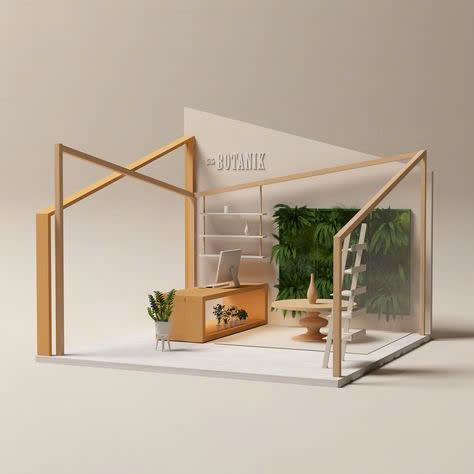
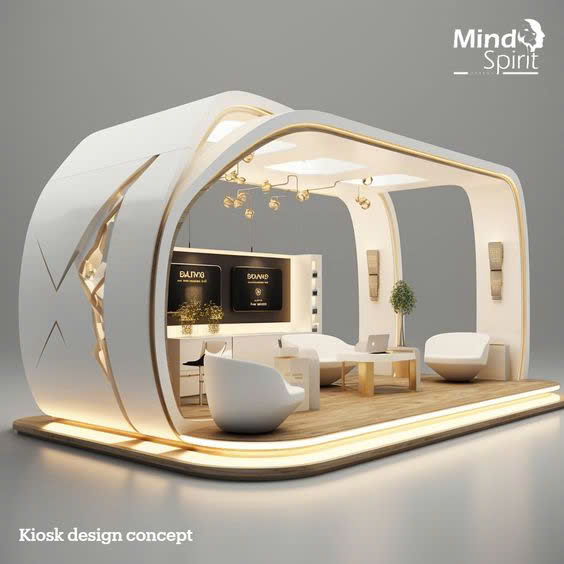



.jpg)


.jpg)

.jpg)
